Most people know it as the G-Wagon. Some recognize the boxy shape. Others know it’s expensive. But few know what the “G” actually stands for—or why it still matters. Spoiler: it’s not just a letter slapped on for branding. It ties back to where this machine came from and what it was built to do.
Originally created for rugged terrain and military duty, the G-Wagon’s name—Geländewagen—literally means “terrain vehicle.” And even as it’s morphed into a luxury icon, that purpose-built origin still runs through every model. Here’s how the “G” has held its ground for over four decades.
G Is for “Geländewagen”

The “G” in G-Wagon stands for Geländewagen, which translates from German to “terrain vehicle.” Mercedes didn’t try to hide what this thing was built for. It was engineered from the start to handle rugged landscapes and unpaved routes, not mall parking lots or valet lines.
Originally developed in the 1970s with help from Steyr-Daimler-Puch in Austria, the G-Wagon was meant for military use. Civilian sales didn’t begin until 1979, but the name stuck. Even today, despite its luxury image, that G still signals off-road intent at its core.
Built Like a Tank, Because It Almost Was
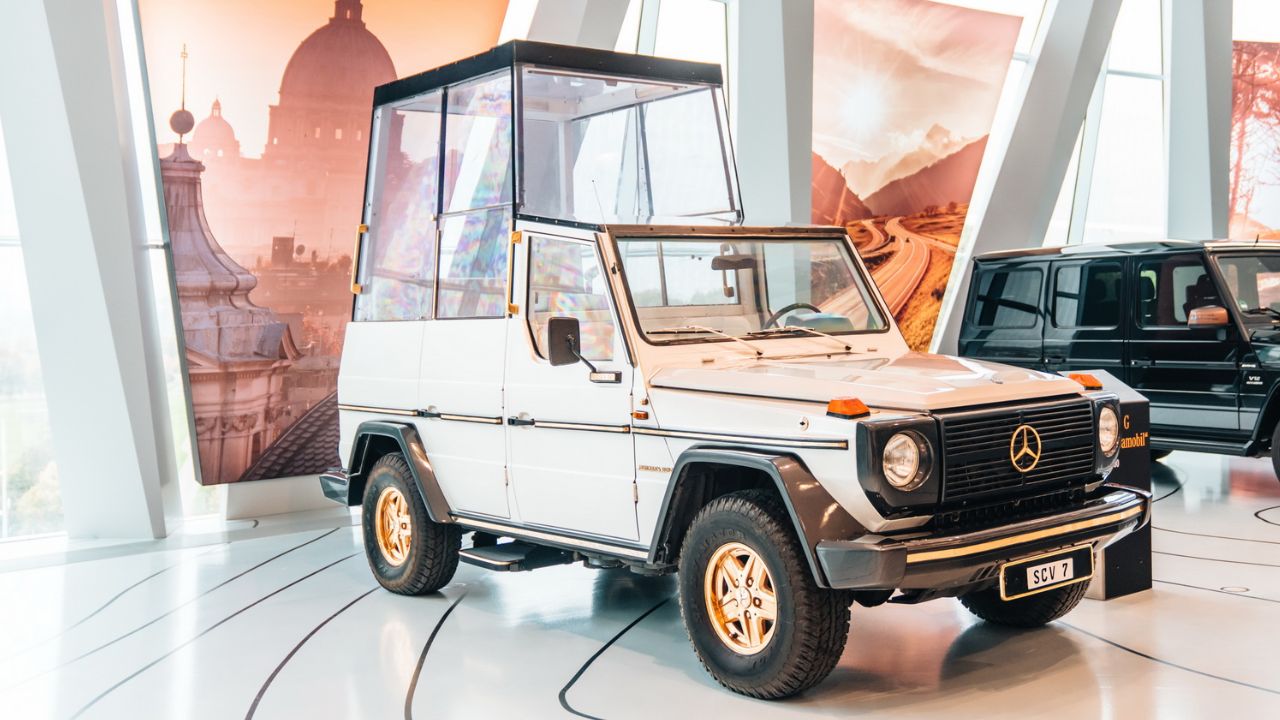
The G-Wagon started life as a military vehicle. Mercedes pitched it to various armed forces, and it was adopted by dozens—including the German Bundeswehr and even the Pope. Its ladder-frame chassis, solid axles, and low-range gearing weren’t just overkill—they were requirements.
That military DNA carried into the civilian models. The early 460 series had no power windows, no automatic transmissions, and no chrome. What they did have was reliability in harsh conditions, from deserts to snow-covered passes, which earned them a reputation no badge could buy.
The First Civilian G-Wagons Were Bare Bones
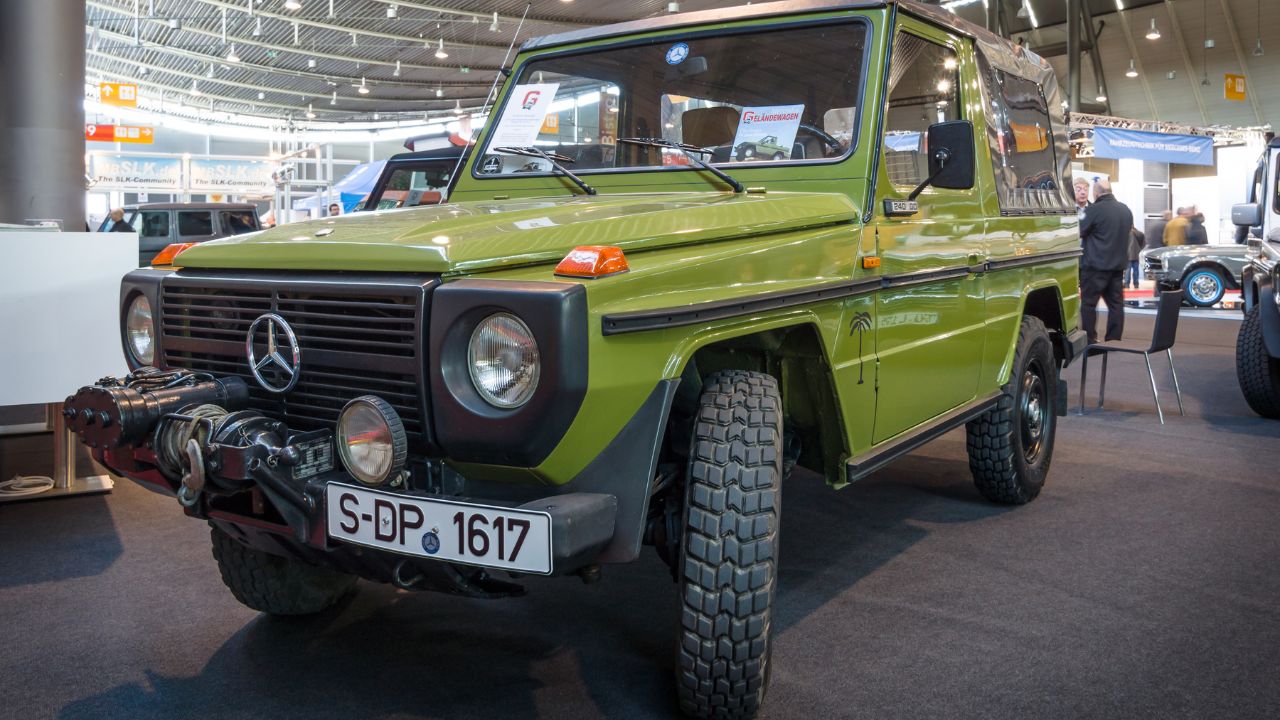
When Mercedes first released the G-Wagon to the public in 1979, it didn’t come with leather seats or high-end audio. It came with vinyl flooring, manual locking hubs, and enough ground clearance to shame most 4x4s. The focus was utility, not status.
Under the hood, early civilian models like the 240 GD ran naturally aspirated diesel engines with around 72 horsepower. They were slow, loud, and built for abuse. The G in Geländewagen wasn’t just symbolic—it reflected a vehicle that could actually live in rough terrain full-time.
W463: When Luxury Crept In
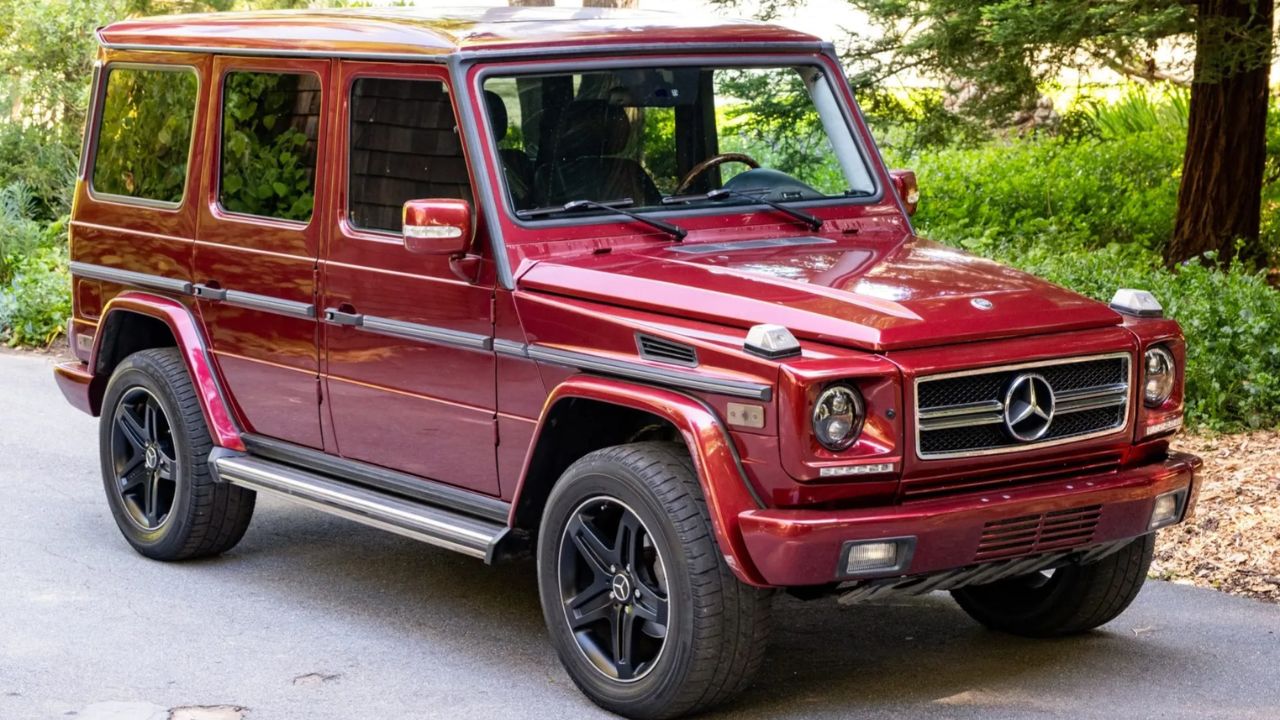
Things changed in 1990 with the launch of the W463 series. Mercedes saw the G-Wagon’s potential beyond trail work. This version introduced full-time all-wheel drive, a more refined interior, and safety upgrades. Suddenly, it wasn’t just a tool—it became a status symbol.
Buyers could now order wood trim, leather upholstery, and automatic climate control. But even with the upgrades, Mercedes kept the locking diffs, solid frame, and off-road prowess. The G still meant “terrain,” but now it tackled it with heated seats and a Burmester sound system.
AMG Took the G to Another Planet

In 1999, AMG got their hands on the G-Wagon—and everything changed. The first G55 AMG packed a supercharged 5.4L V8 making 493 horsepower and over 500 lb-ft of torque. It was absurd, and that was the point. No one had seen a boxy 4×4 move like that.
Later models pushed things even further, with the G63 AMG cranking out 577 hp from a 4.0L twin-turbo V8. That’s enough to move its 5,800-pound frame from 0–60 in about 4.5 seconds. The G still stood for Gelände, but AMG turned it into a performance weapon.
The 6×6 and 4×4² Made It Wild
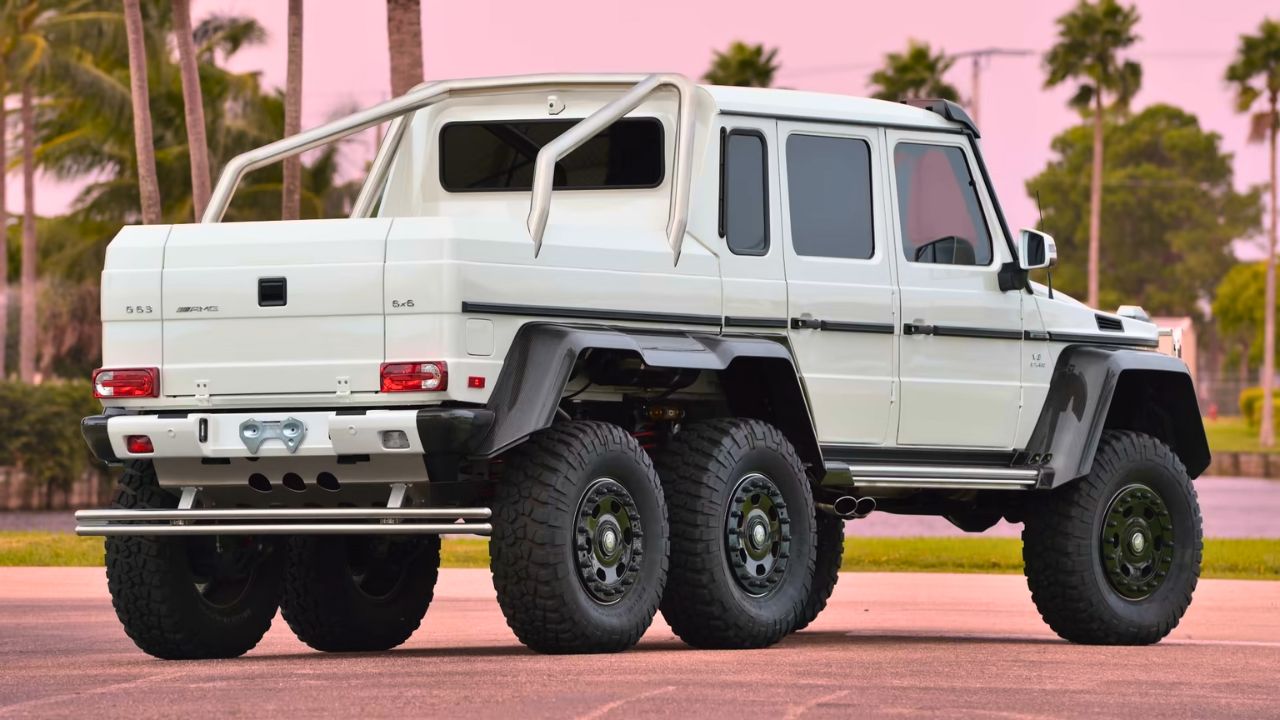
Mercedes wasn’t content with the standard G-Wagon’s presence. They built the G63 6×6—essentially a portal-axle monster with six driven wheels and nearly 18 inches of ground clearance. It wasn’t street-friendly, but that wasn’t the point.
Then came the G500 4×4², which kept the portal axles but returned to a four-wheel format. Both models reminded people what the G originally stood for: terrain mastery. These weren’t concepts or tuner builds—they were factory-engineered trucks meant to go where nothing else would.
Global Icon, Local Roots

Despite its worldwide popularity, the G-Wagon is still hand-built in Graz, Austria. That factory has assembled every G since the beginning. It’s not mass-produced like most SUVs. Each unit is crafted with care, whether it’s for a diplomat, a celebrity, or a farmer in the Alps.
This long-standing production method gives the G-Wagon its reputation for durability and uniqueness. While other vehicles go through assembly lines in minutes, a G-Wagon takes over 40 hours to complete—something that reflects its utilitarian origins despite its modern luxury vibe.
Pop Culture Turned It Into a Trophy
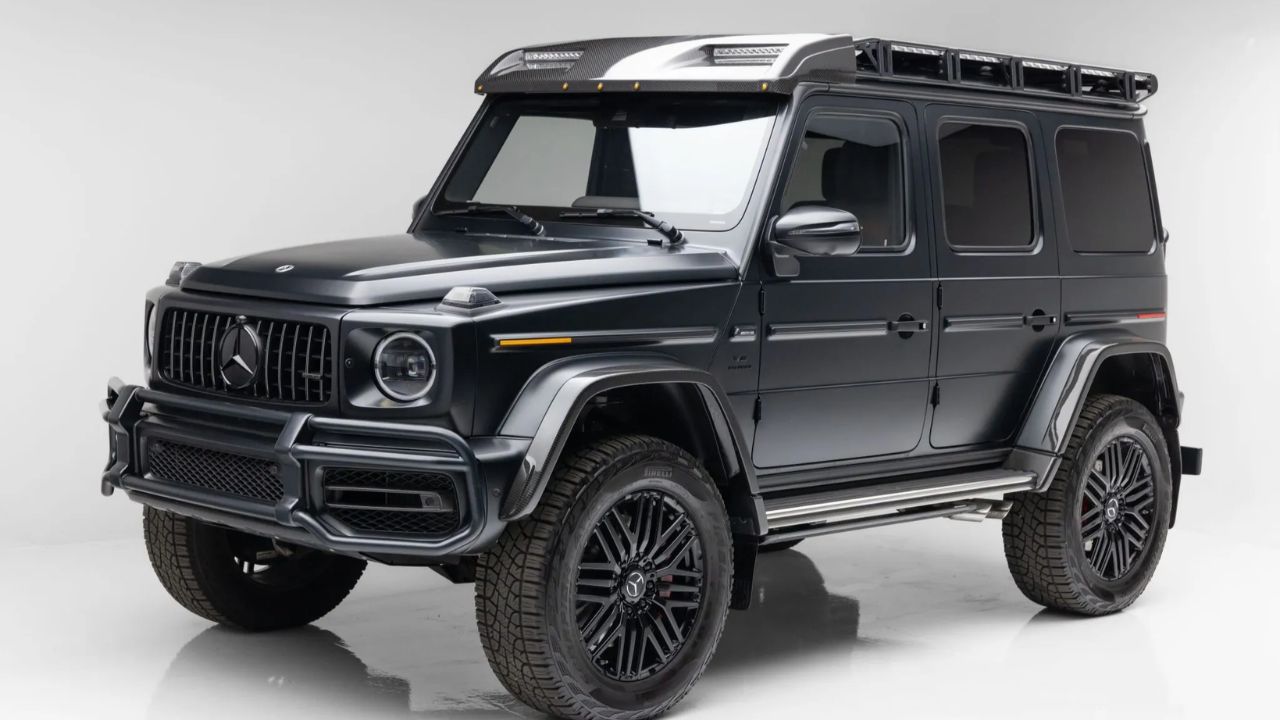
Somewhere along the way, the G-Wagon became the luxury 4×4 of choice for athletes, celebrities, and anyone wanting presence. Rappers rapped about it. Reality stars rolled up in it. It became shorthand for success—but the roots never changed.
That disconnect is part of what makes the G-Wagon so interesting. Beneath the matte black wrap and forged wheels is a truck originally designed for soldiers and shepherds. The G still means terrain, even if most never leave pavement.
Electric G Keeps the Name—and the Grit
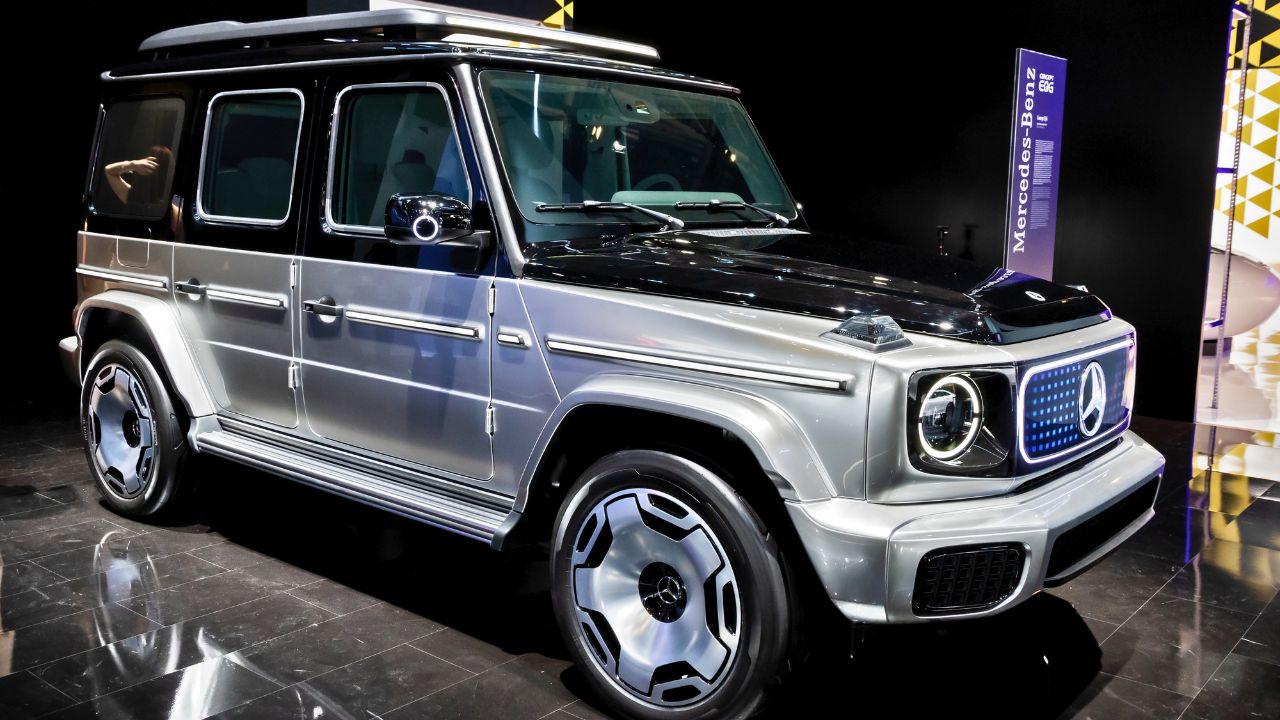
Mercedes revealed the EQG concept as a fully electric version of the G-Wagon, and while the drivetrain is new, the ethos remains. It still rides on a ladder frame, still uses four independent motors, and still plans to keep its low-range ability through clever software.
The electric G is a big deal—not because it’s the future, but because Mercedes refused to water it down. They’re betting people still care about what the G originally meant, even if they’re running silently through the mountains instead of rumbling over them.
G-Wagon Legacy Still Hits Hard

After more than 40 years, the G-Wagon still hasn’t lost what made it different. Whether you’re looking at a classic 230 GE or a modern G63 AMG, the bones haven’t changed. That squared-off shape and go-anywhere build continue to matter, even in a world obsessed with crossovers.
So yes, the “G” in G-Wagon still stands for Geländewagen. But more than that, it represents the rare case where a brand stuck to the original plan—even when the customers, markets, and culture changed around it.
Like what you read? Here’s more by us:
*Created with AI assistance and editor review.


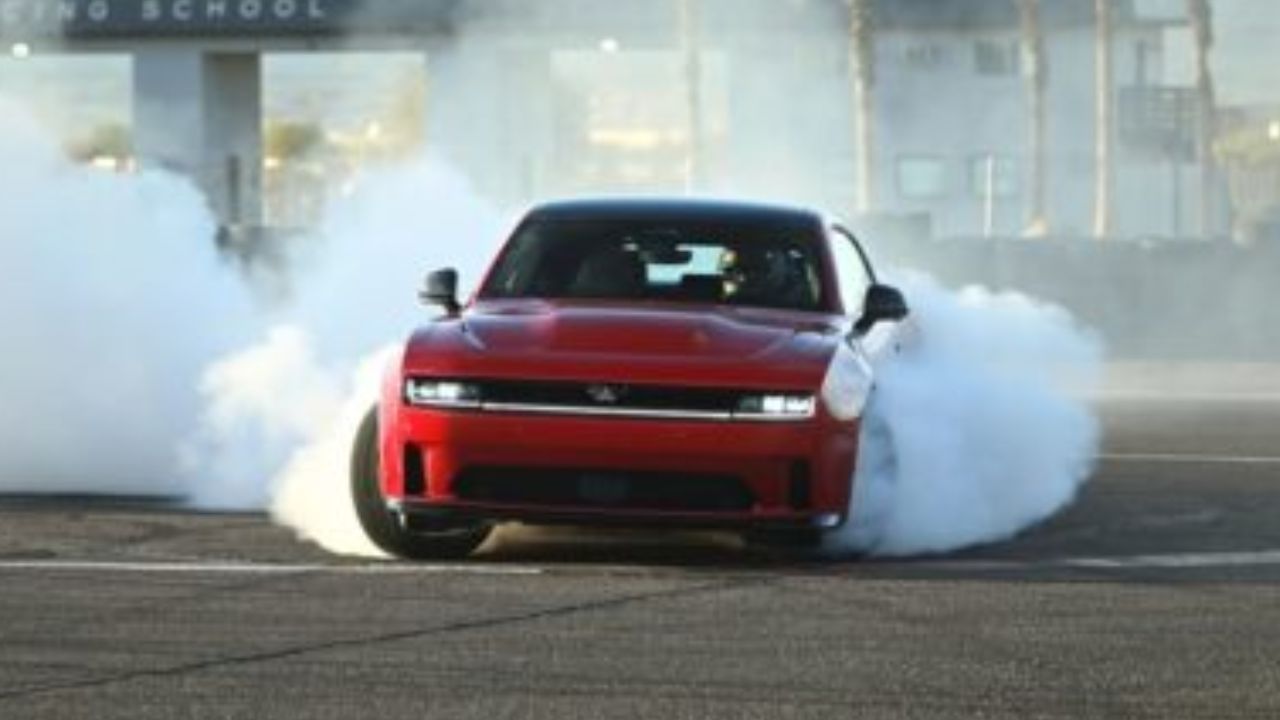

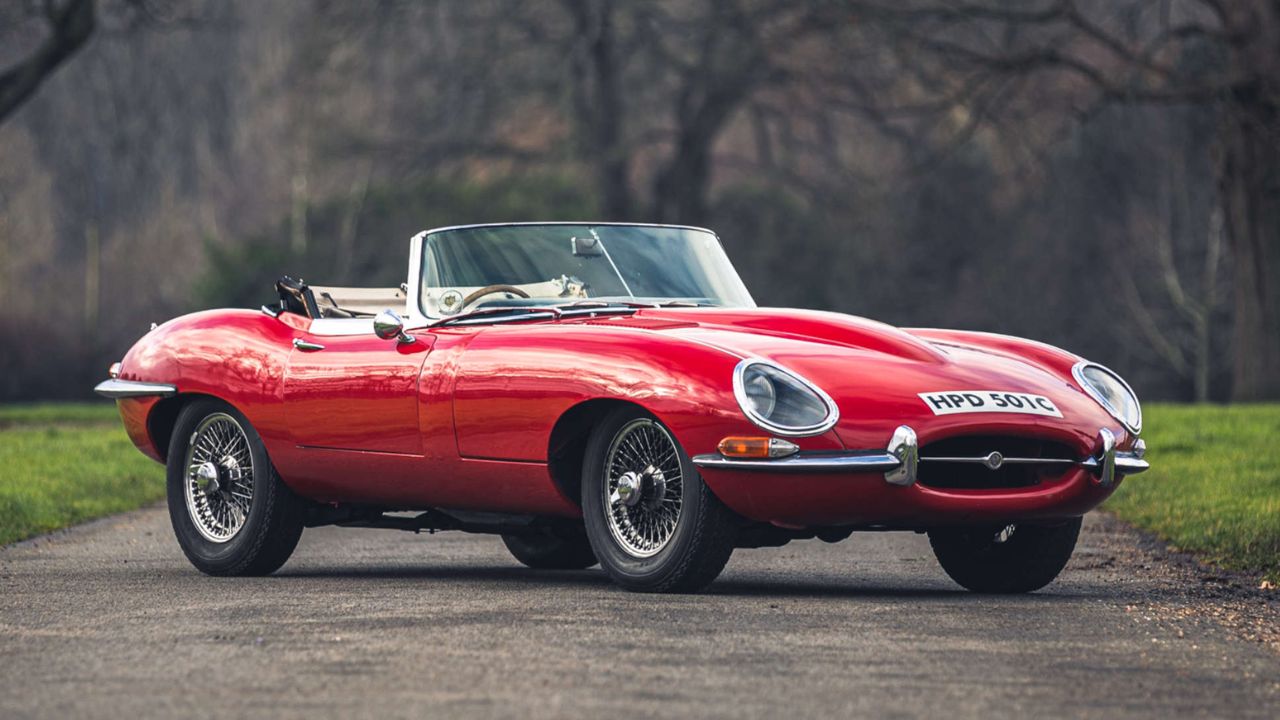
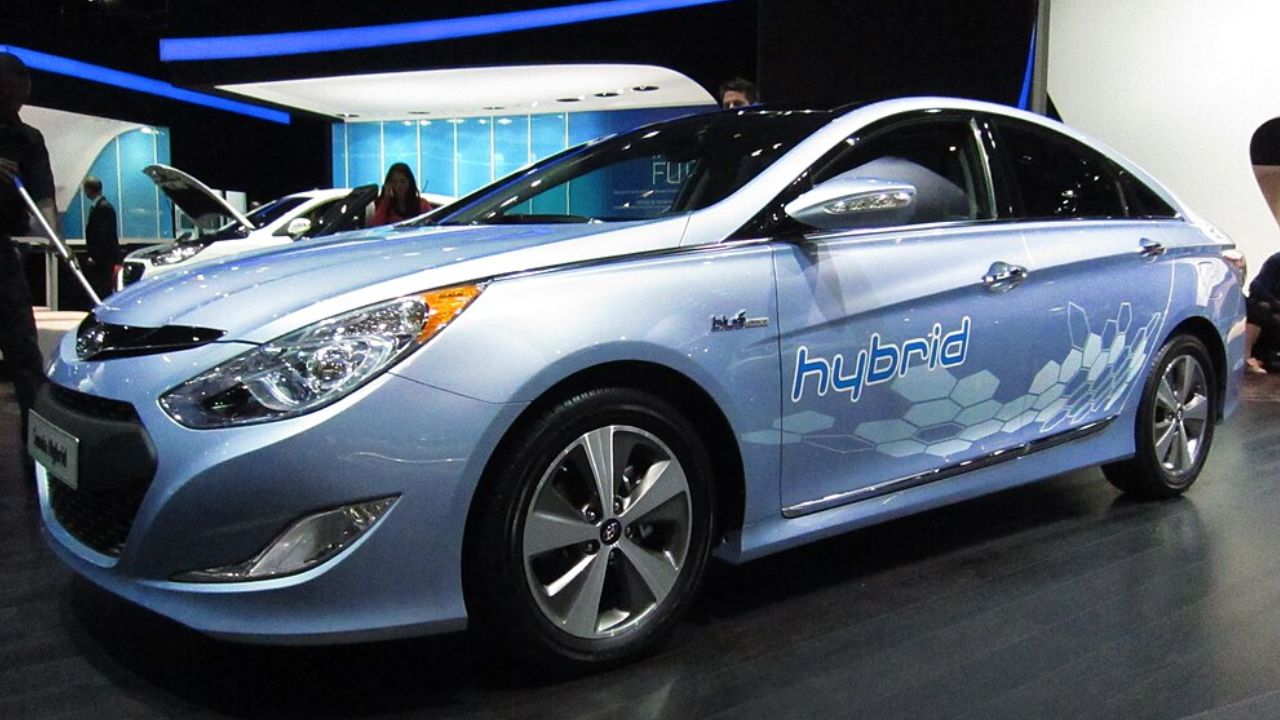
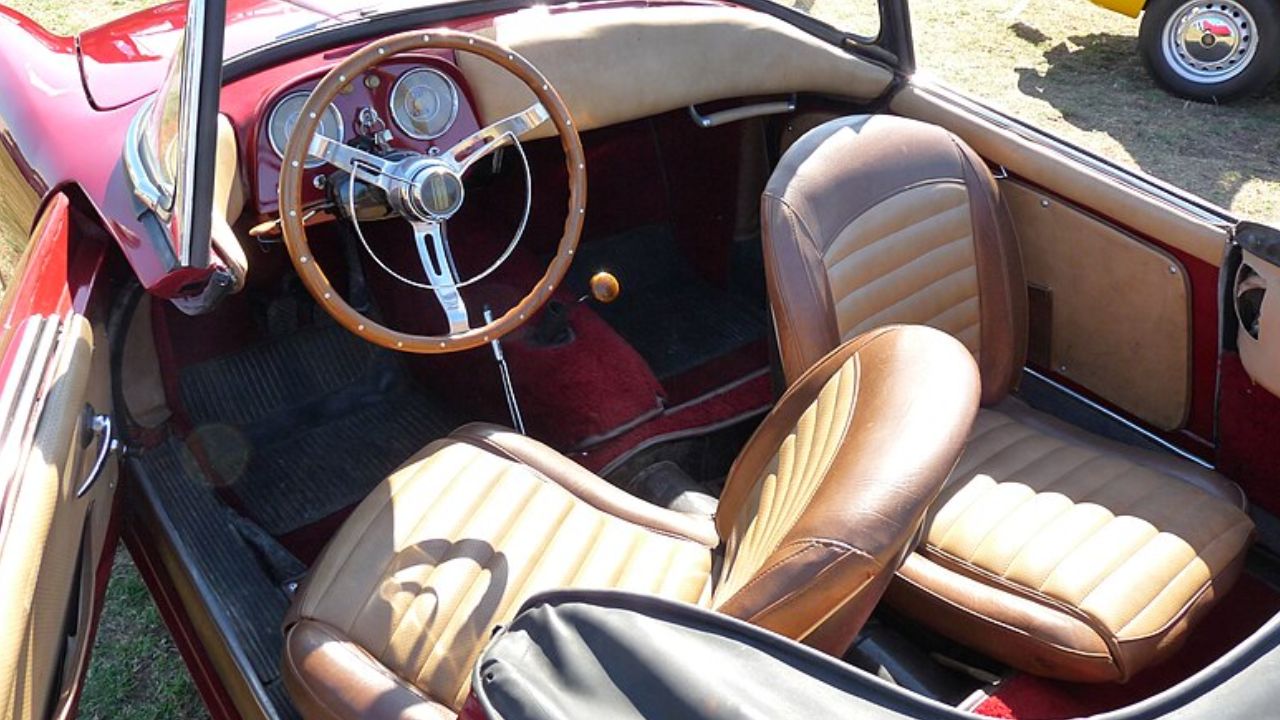
Leave a Reply